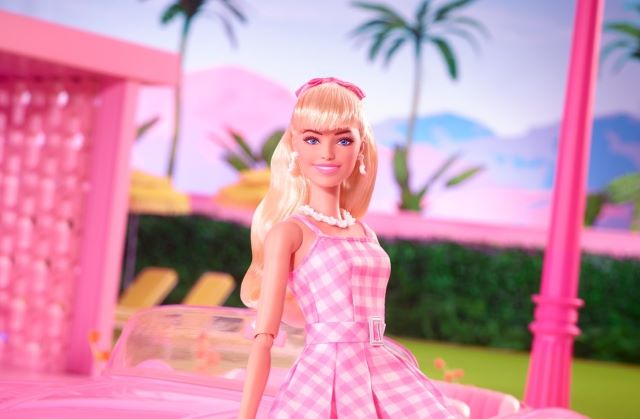
Mattel’s new diverse Barbie dolls include assistive devices like wheelchairs, hearing aids, and prosthetic legs. This year, they even introduced a doll representing people with Down syndrome.
However, did you know that back in the late 1990s, Mattel collaborated with the National Center on Deafness (NCOD) at California State University Northridge to create an American Sign Language (ASL) teacher Barbie doll?
CSUN Today said this doll was designed to teach kids how to sign certain words using a whiteboard and reusable stickers. It was a huge success, with high sales and even becoming a collector’s item worth up to $125 on eBay.
It’s inspiring to see how NCOD has grown since its founding in 1964 to become one of the largest programs in the Western U.S., providing innovative programs and services with support from individuals and businesses.
More recently, Mattel partnered with Warner to produce a line of toys inspired by the new Barbie™ movie. Fans can now enjoy a range of toys from UNO®, Hot Wheels®, Fisher-Price®, MEGA™, and of course, Barbie herself, as well as outfits and accessories like a mini version of the iconic three-story DreamHouse™ and a pink RC Corvette®.
Additionally, Mattel plans to partner with over 100 brands across fashion, beauty, accessories, and more to release movie-themed products to celebrate the film’s release.
Barbie has remained relevant across generations by adapting to an ever-changing world. The live-action Barbie movie celebrates material culture that aligns with equality, success, and identity values.
The film celebrates all things pink and fabulous rather than a throwback to 1950s nostalgia. According to Christine Whelan, clinical professor of consumer science in the School of Human Ecology at the University of Wisconsin–Madison, the Barbie franchise tries to meet the culture where it is.
Our society has a strong attachment to nostalgia and enjoys sharing our positive memories of the past with future generations, which has proven to be a lucrative market for Hollywood and the toy industry.
Even the popular doll Barbie, created in the 1950s, represents an idealized version of America that never really existed. The fact that Barbie is said to be from the fictional town of Willows, Wisconsin, speaks to our desire for a romanticized view of Midwestern Americana.
However, Mattel’s recent efforts to create more inclusive and diverse dolls show that they are adapting to the changing times, and hopefully, the Barbie movie showcases a lighthearted reclamation of modern femininity.
The U.S. Army Corps of Engineers has been tasked with…
Brown and Caldwell, a leading environmental engineering and construction firm,…
Humboldt State University, one of four campuses within the California…